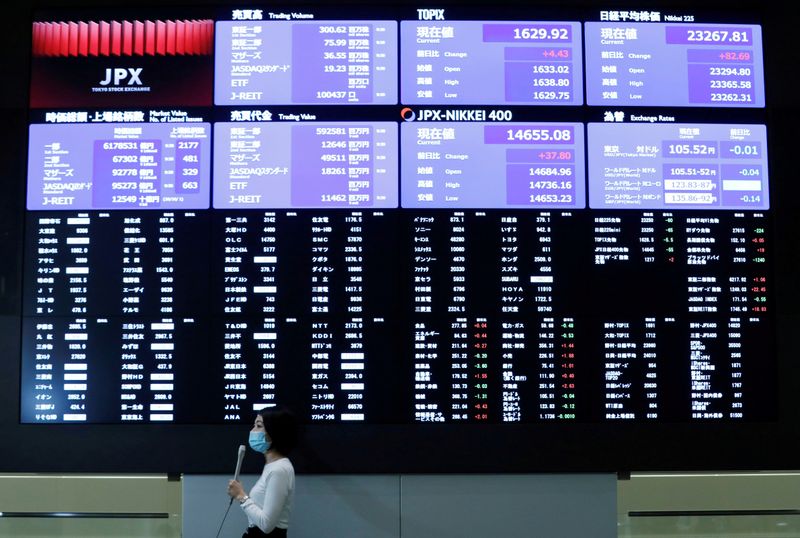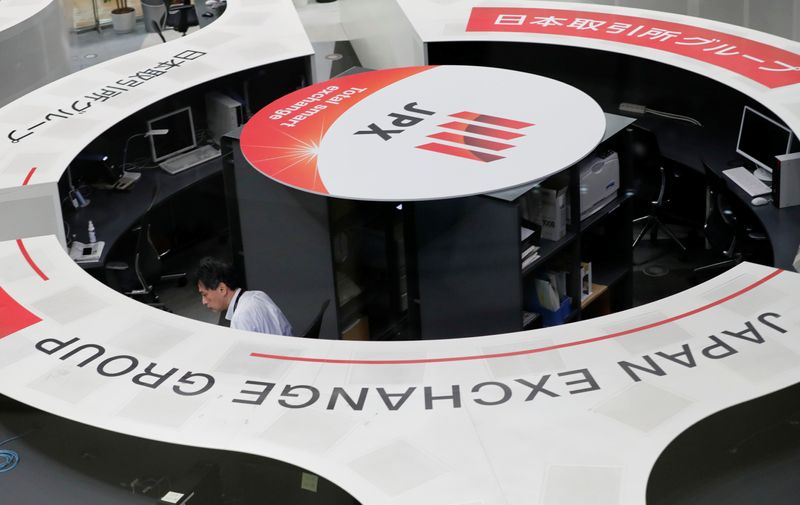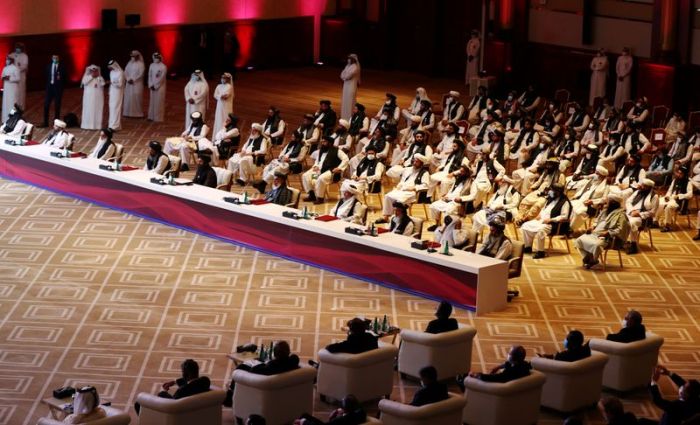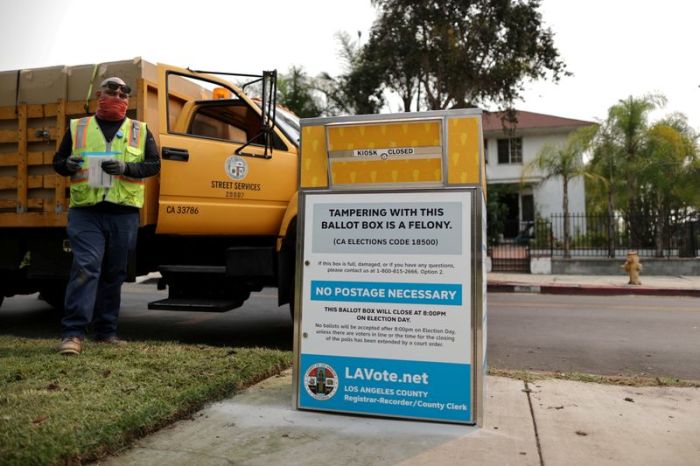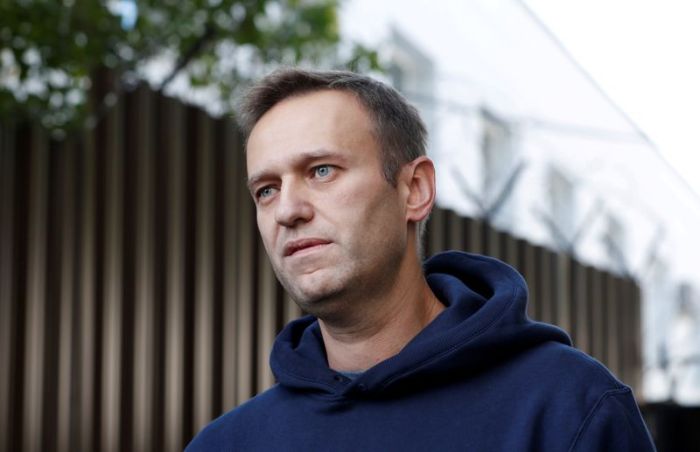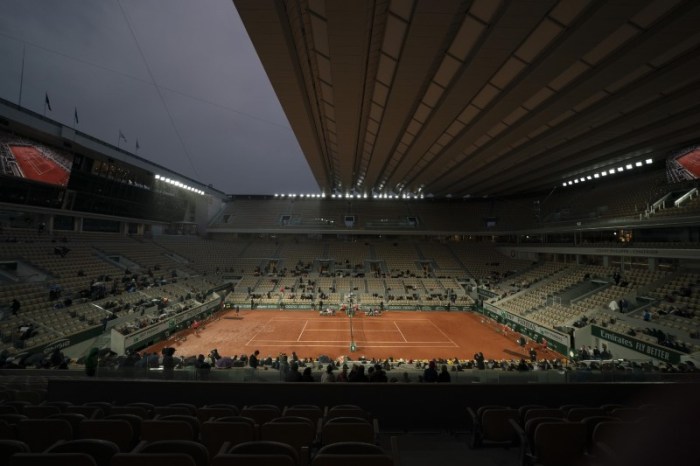TOKYO (Reuters) – The Tokyo Stock Exchange (TSE) has appointed four external board members to a committee to investigate last week’s trading outage as its system developer, Fujitsu Ltd <6702.T>, continues to examine the cause of the incident.
A hardware glitch paralysed trading in the world’s third-largest equity market on Thursday, testing the exchange’s credibility just as the country’s new prime minister prioritises digitalisation.
The exchange said on Monday that the board members, including well-known lawyer Hideaki Kubori, would work to identify the cause of its worst system outage and explore measures to prevent such incidents in future.
The exchange, owned by Japan Exchange Group <8697.T>, said the system crash happened after a memory in one of its discs was physically broken and an automatic switch to a back-up system failed due to a fault in the settings.
“We are looking into why it was set up this way,” Yasuhiko Tamura, director of trading systems at the exchange told reporters.
The exchange has subsequently changed the settings in question and confirmed that the automatic switch-over now works, it said.
The chief executive of Fujitsu Ltd <6702.T>, the developer of the Tokyo Stock Exchange’s Arrowhead trading system, said the company was still investigating the cause of the outage, which led to the first full-day suspension since the exchange switched to all-electronic trading in 1999.
“We will make utmost efforts to find the causes and prevent recurrences of such troubles,” Fujitsu CEO Takahito Tokita said at a scheduled briefing on the company’s digital strategy.
Arrowhead, developed by Fujitsu, debuted in 2010, bringing processing times for trades to 5 milliseconds – on a par with the New York and London stock exchanges at the time. The system was overhauled in November, and currently processes orders in about 0.2 milliseconds.
Asked who was responsible for the system failure, Fujitsu’s Tokita said it was too early to say because the investigation was still ongoing. He declined to comment further on a client’s business.
The TSE has said it has no plans at this point to ask Fujitsu for compensation. Tokita said Fujitsu had made no decision on the issue.
“From what we learned through the press conference, Arrowhead doesn’t need a major update right now except for the elimination of the single point of failure,” said Eiichiro Yanagawa, a Tokyo-based senior analyst at Celent, a consulting firm focused on financial services technology.
“The challenge is how to reduce downtime, and this means enhancement to not only hardware, but software, people, and business operations. The real challenge is complexity, and its reduction is a problem for all market participants,” he said.
(Reporting by Makiko Yamazaki, Hiroko Hamada, Stanley White and Hideyuki Sano; additional reporting by David Dolan; Editing by Richard Pullin and David Clarke and Kirsten Donovan)

